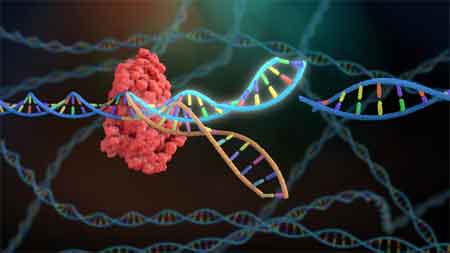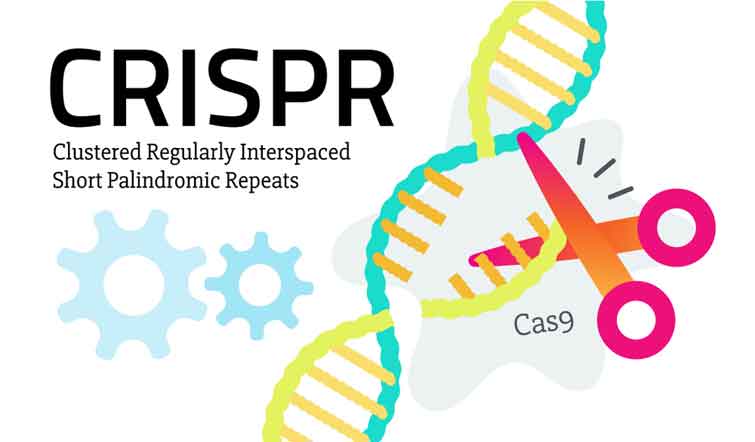CRISPR is a new genome editing tool that offers scientists the ability to cut out unwanted genes, insert desired genes, or edit parts of an organism’s DNA that would otherwise be difficult to get to. CRISPR systems are part of a large family called type II prokaryotic defense systems. These types of defense systems protect bacteria from viruses and other invading genetic material by cutting it up into little pieces that cannot infect the cell. This post will describe CRISPR and how do it work and the potential applications for CRISPR systems.
How Does a CRISPR System Work?

A CRISPR system works by cutting out unwanted genes, inserting desired genes, or editing parts of an organism’s DNA that would otherwise be difficult to get to. The process of using a CRISPR system involves the following steps:
1) Use the endonuclease Cas9 to cut open a double-stranded DNA molecule and separate them into single strands, which remains attached to one end of each strand.
2) Edit the DNA sequence using CRISPR RNA and a CRISPR enzyme.
3) Create new strands from the edited DNA sequence with a DNA polymerase.
4) Reattach both ends of the broken strand before proceeding to step 1 for another round of edits.
The above steps will continue until the desired edits have been completed.
What Are Some Potential Applications of CRISPR Systems?
Some potential uses for CRISPR systems include curing genetic diseases like cystic fibrosis and sickle cell anemia which have so far been incurable. CRISPR has also shown potential in improving crops to remain resistant to pests and pathogens. Many scientists are concerned about using CRISPR technology in humans because there is a risk of it being adapted for use as a bioweapon.
Why Should You Care About This New Technology?
The reason why this new technology should be of interest to you is that it may provide the answer to some of your current problems. For example, if you have a genetic disease or are suffering from a condition like cystic fibrosis, the new technology can cure that for which there was not any cure before. Not only will it work to cure people who currently have genetic diseases but it could also be used to prevent them from occurring in babies. Alongside that, CRISPR can potentially be used in other ways such as growing organs for transplants or make crops become more resistant to disease and therefore increase food production.
What Are the Risks of Using a CRISPR System?
CRISPR-based gene editing techniques may lead to unintended genome modifications, such as off-target mutations. Off-target mutations can have unpredictable effects on the DNA and could potentially result in irreversible damage. In addition, a recent study found that CRISPR nucleases have base-pairing specificities that do not completely discriminate between on-target and off-target sites. However, since the severest type of potential damage is usually limited to the DNA near the target gene (1–3 bp), laboratory protocols have been developed for avoiding potential off-target effects.
Final Words
CRISPR is a relatively new gene-editing technique that has been making headlines for its potential to cure genetic diseases and make other changes in DNA. The basic process of using CRISPR systems starts with cutting the unwanted genes from the organism’s DNA, inserting desired genes, or editing parts of an organism’s DNA that would otherwise be difficult to get to.




